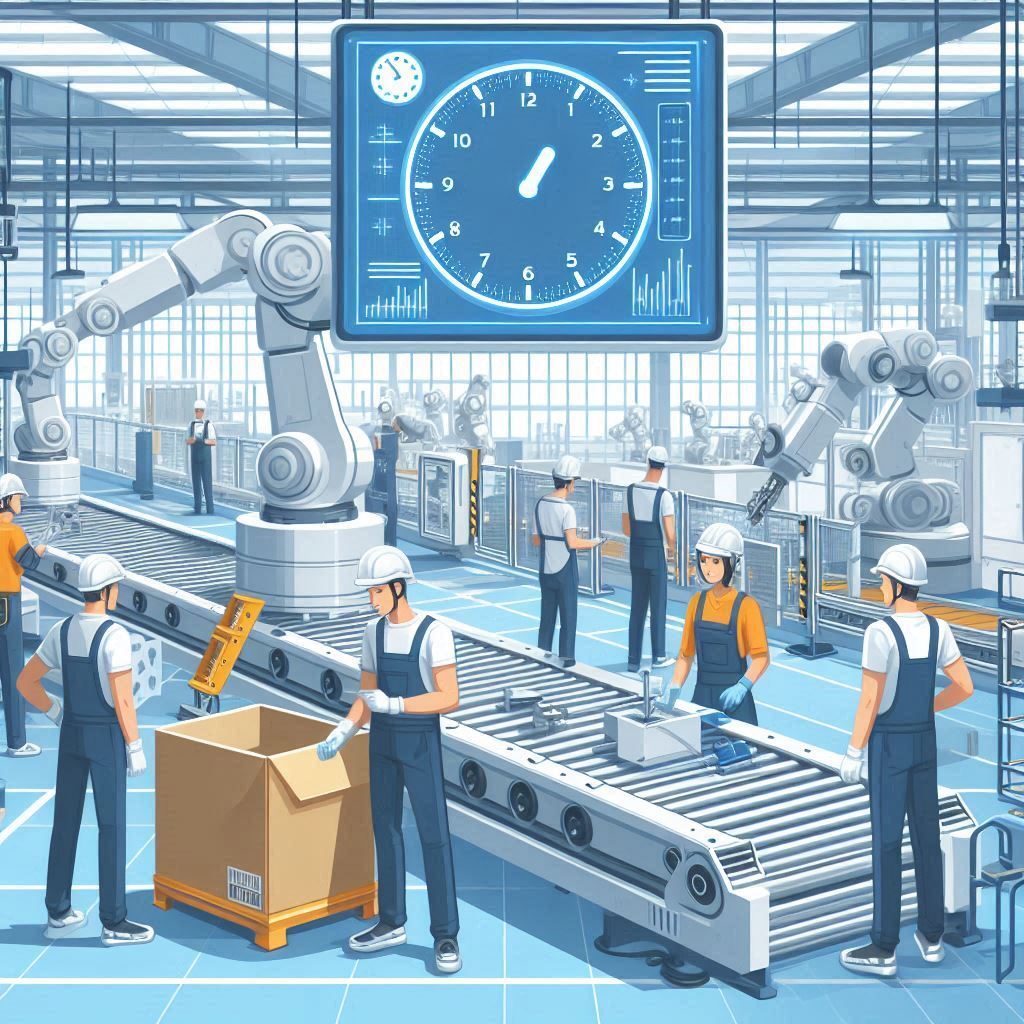CAPACITY AND MANPOWER IN INDUSTRIAL ENGINEERING
Capacity and manpower analysis are essential components in the field of industrial engineering, focusing on the optimization of production capabilities and workforce allocation. These analyses are crucial for identifying inefficiencies, improving productivity, and ensuring that operations run smoothly.

KEY TERMS
Labor Productivity: Measurement of output per labor hour.
Workload and Line Balancing: Ensuring tasks are evenly distributed to avoid overwork and underutilization of employees.
Labor Utilization Rate: The percentage of time equipment or labor is actively engaged in productive work.
Predictive Analytics: Forecasting future capacity and manpower needs using historical trends and market demands.
Cycle Time: Measure the total time taken to complete a process from start to finish. This includes processing time and any waiting time between stages.
Takt Time: Calculate the required pace of production to meet customer demand. Takt time is determined by dividing the available production time by the customer demand.
HOW TO PERFORM CAPACITY AND MANPOWER ANALYSIS?
Conducting a capacity and manpower analysis involves several systematic steps, leveraging time standards and data analysis to optimize operations:
1. Establish time standards for all tasks to ensure consistency in the process and to accurately predict workload requirements.
2. Forecast future output aligned with customer requirements.
3. Perform data analysis to translate output into production labor hours.
4. Calculate required manpower based on task times and standard values, accounting for the required labor hours in the schedule.
What are Cycle Times?
Cycle Time refers to the total time taken to complete one cycle of a specific process, from start to finish. This includes the actual processing time as well as any waiting time or delays that occur within the process.
Components of Cycle Time
Processing Time: The time spent actively working on a task or product.
Waiting Time: The time a task or product spends waiting between different stages of production.
Inspection Time: The time spent checking for quality and correctness.
Movement Time: The time spent moving materials or products from one stage to another.

How to Optimize Cycle Time and Takt Time
Analyze and Map Processes:
Identify and eliminate non-value-added activities.
Use tools like Value Stream Mapping (VSM) to visualize and analyze the flow of materials and information.
Implement Lean Manufacturing Principles:
Adopt Lean techniques such as 5S, Kaizen, and Just-In-Time (JIT) to reduce waste and improve efficiency.
Focus on continuous improvement to streamline processes and reduce cycle times.
Utilize Automation and Technology:
Invest in automation to reduce manual intervention and speed up production processes.
Use Manufacturing Execution Systems (MES) and other digital tools to monitor and manage cycle times in real-time.
Conduct Time Studies:
Perform time studies to measure the actual time taken for each process and compare it with takt time.
Use the findings to make necessary adjustments and improvements.